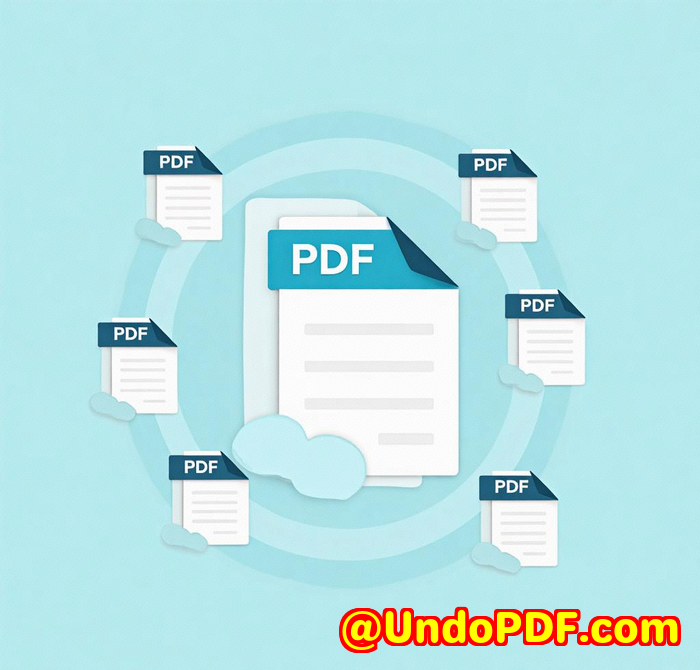How to Incorporate VeryPDF JavaScript PDF Annotator into Your Online Learning Platform for Interactive Student Feedback
Every time I’ve tried giving feedback on student assignments in PDFs, it’s been a mess juggling screenshots, scribbled notes, or sending files back and forth with confusing comments. It’s frustrating for both me and my students, and honestly, it eats up way too much time. If you’re managing an online learning platform and want to bring some clarity and interaction into your feedback process, you know exactly what I mean.
That’s when I found VeryPDF JavaScript PDF Annotator a slick tool that lets you add, edit, and manage annotations on PDFs and tons of other document types right inside any web browser. No plugins, no headaches.

Why VeryPDF JavaScript PDF Annotator Works for Online Learning
This isn’t just another PDF viewer. It’s built with modern web tech (HTML5 and JavaScript), so it runs smoothly on Windows, Mac, Linux, iOS, Android you name it. No plugins needed, which means your students and teachers won’t hit weird compatibility issues.
It’s perfect for educators, online course creators, and anyone running e-learning platforms who want to give interactive student feedback. Instead of writing separate emails or using clunky tools, you and your students can mark up documents, add notes, highlights, and even freehand drawings all in one place.
Key Features I Loved and How They Made a Difference
-
Multi-format support: Besides PDFs, this annotator works with Microsoft Office docs, images (JPG, PNG, TIFF), CAD files, and even Visio diagrams. For my courses, which sometimes include charts and CAD designs, this was a huge win.
-
Rich annotation tools: You get highlights, strikeouts, text boxes, freehand drawing, and different comment types (point, area, text). I could underline key points, scribble notes, and leave contextual comments exactly where they mattered.
-
Real-time collaboration: Multiple users can add and view annotations on the same file. I tested this with a study group, and the layering functionality let us all comment without messing up each other’s notes.
-
Seamless integration: Since it’s JavaScript-based, embedding the annotator into my platform was straightforward. Plus, it can communicate with my backend via REST APIs, so saving, exporting, or emailing annotated files fits right into the existing workflow.
-
Cross-browser support: Works flawlessly on Chrome, Firefox, Safari, Edge, and even IE for legacy users, meaning my students can use whatever browser they prefer.
I remember one assignment where a student uploaded a complex PDF report. Instead of me downloading it, adding notes offline, and sending it back, I simply opened it in the annotator embedded in our platform, dropped comments on specific paragraphs, highlighted errors, and sent it back instantly. It felt like a real-time review session without the Zoom call.
Compared to other tools I tried, VeryPDF’s annotator didn’t slow down my browser and handled large files without crashing. Some alternatives required Java plugins or standalone apps, which caused access problems, especially for mobile users.
Why This Tool Stands Out for Interactive Student Feedback
The ability to maintain the original file’s integrity while layering annotations on top is a game-changer. Students see exactly what I marked without losing any of their original content.
Plus, the export options mean annotated PDFs can be saved or emailed directly from the tool no extra steps needed.
If your platform requires interactive learning, feedback loops, or peer collaboration on documents, this is a reliable way to do it without investing in bulky software or forcing everyone to download apps.
Wrapping It Up: My Take on VeryPDF JavaScript PDF Annotator
To sum it up, if you deal with lots of PDFs or office files and want an easy, seamless way to provide interactive feedback online, this tool is worth a look.
I’d highly recommend it to anyone running online courses or managing remote teams needing document collaboration.
Why waste time with complicated software or endless email chains when you can embed this lightweight annotator right into your learning platform?
Try it out here: https://veryutils.com/html5-pdf-annotation-source-code-license and see how it transforms your feedback process.
Custom Development Services by VeryPDF
VeryPDF also offers custom development services tailored to your specific PDF and document processing needs. Whether you need solutions on Linux, Windows, macOS, or cloud environments, their team can create bespoke tools using Python, PHP, C/C++, .NET, JavaScript, and more.
From virtual printer drivers that convert print jobs into PDFs or images, to sophisticated API hooks for document monitoring, VeryPDF covers a broad spectrum of tech stacks and industries.
Their expertise includes OCR, barcode recognition, layout analysis, digital signatures, and DRM protection all customizable to fit your business workflow.
If you have a special project or require tailored functionality, get in touch with VeryPDF’s support center at http://support.verypdf.com/ and discuss your needs with their experts.
FAQs
Q1: Can VeryPDF JavaScript PDF Annotator handle real-time collaborative annotations?
A: Yes, it supports multiple users annotating the same document simultaneously with layering and commenting features.
Q2: Which file formats are supported?
A: Over 50 formats, including PDF, Microsoft Office files, images like JPG and TIFF, CAD files, and more.
Q3: Does it require any browser plugins or software installations?
A: No, it’s built with HTML5 and JavaScript, so it runs in any modern browser without plugins.
Q4: Can I export or share annotated files directly from the tool?
A: Absolutely. You can export annotated PDFs, email them, or share via integrated platform features.
Q5: Is it compatible with mobile devices?
A: Yes, it supports iOS and Android devices seamlessly.
Tags/Keywords
-
interactive student feedback tool
-
JavaScript PDF annotator for e-learning
-
embed PDF annotation in web app
-
online PDF markup software
-
cross-platform PDF annotation